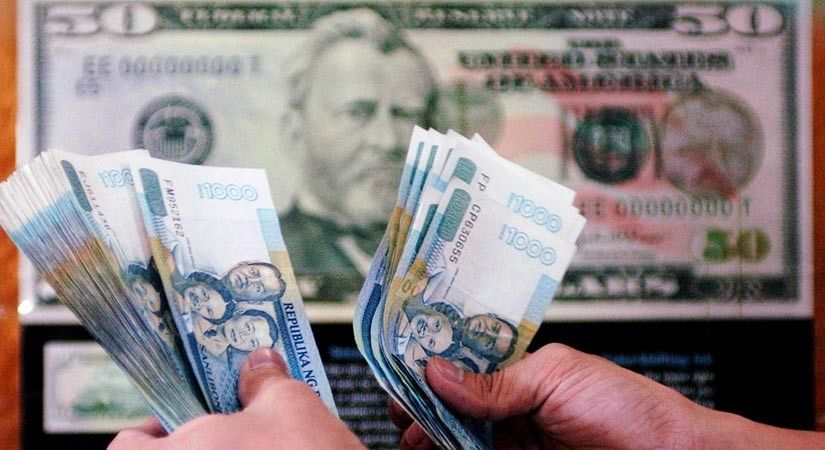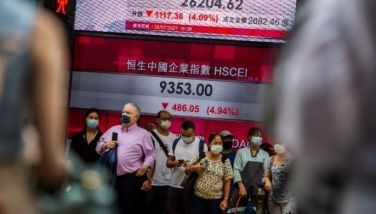Peso seen rebounding to 52:$1

MANILA, Philippines — Economists see the peso rebounding close to 52 versus the dollar in the next few months as investors regain confidence in emerging markets, but expect a “moderate depreciation” to 54.40 by yearend.
Speaking during the general membership meeting of the Management Association of the Philippines (MAP), World Bank senior economist for the Philippines Rong Qian and Bank of the Philippine Island (BPI) lead economist Emilio Neri Jr. said the recent stabilization of the peso is influenced by revived investor confidence in emerging markets and expectations of only one rate hike from the US Federal Reserve this year.
Qian said the trend is noticeable not only for the peso, but also for other currencies in emerging economies in Asia as well.
“Recently we have seen that the peso has stabilized and not just the Philippines, but the region as well. So that means the confidence of foreign investors has regained for emerging countries so they’re coming back,” she told businessmen.
In a separate report released yesterday, Singapore-based ASEAN+3 Macroeconomic Research Office (AMRO) noted that in February, equity markets in the region rebounded in February in tandem with global financial markets “buoyed by more accommodative signals from the Fed.”
“Regional currencies continued to strengthen in February, largely on the back of a weaker US dollar, in the wake of the Fed’s dovish turn,” said AMRO in its February regional outlook.
Neri said the weak growth outlook for the global economy and expectations of a less aggressive policy tightening from the Fed puts less depreciation pressure on the peso.
He said this may cause the peso to appreciate further to between 52 to as much as 51.75 in the coming months from the current 52.30 level.
The prevailing high interest rate regime in the country also contributes to the attractiveness of peso assets.
“The Philippines high interest rate in relation to just one rate hike in the US will make peso assets a little more attractive add to that the recovery in net foreign buying in the stock market in the Philippines, causing near term pressure for the peso to strengthen,” said Neri.
But while a stronger peso makes imports less costly, it also trims the dollar value of export earnings and remittances form overseas Filipino workers.
As this would be unsustainable, Neri expects the Bangko Sentral to intervene to moderately depreciate the currency.
“It seems to be very unsustainable to see a strong peso in this kind of environment. As businessmen, your operating cash flows are telling you we should have a weaker currency even if you have a lot of quick money coming in, financing from banks, friends or creditor. The Bangko Sentral will probably not allow the peso to strengthen too fast,” he told businessmen.
With these assumptions in mind, Neri expects the peso to strengthen close to 52 versus the dollar in the next couple of months.
Factoring in also that one more rate hike would be carried out by the US Fed and that global oil prices are expected to rise to $60 per barrel before the end of the year, the pressure for the peso would be to depreciate to 54.40 by the end of 2019.
“This is a very modest depreciation that will ensure that the current account deficit does not widen too much,” Neri said.
- Latest
- Trending



























